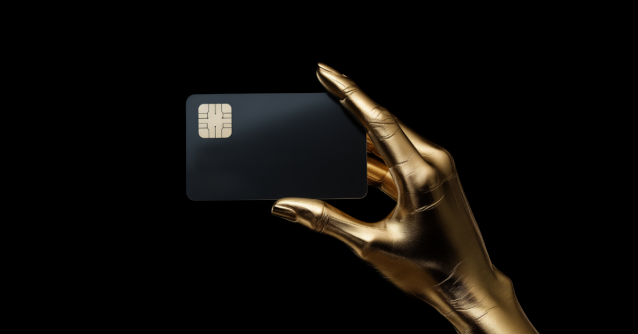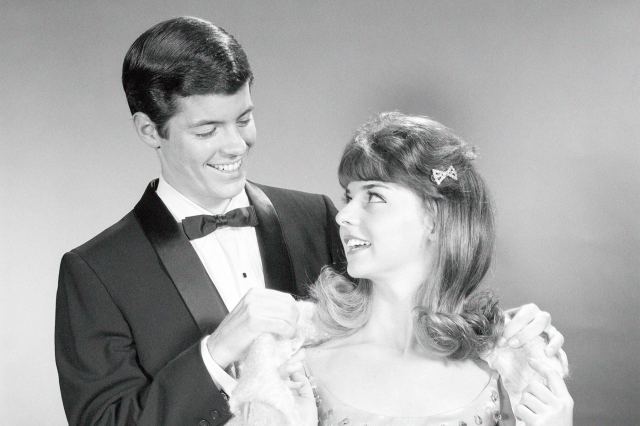 |
"Moby-Dick" was inspired by a real whale named Mocha Dick. |
Arts & Culture |
 |
| |
| Described by Reynolds as "an old bull whale, of prodigious size and strength," whose albinism made him "white as wool," Mocha was made even more fearsome by the fact that his head was covered in barnacles. He was actually quite docile until he was attacked, and measured 70 feet long at the time of his unjust and untimely passing. As for why Melville changed the name from Mocha to Moby when he wrote his novel, no one knows. The author never revealed his reasoning, and no one has been able to figure it out. | |
 | |
 | |||
| |||
Rare Unlimited Cash Back Match Turns Heads | |||
| Thank you for supporting our sponsors! They help us keep History Facts free. |
 | |||||||||
By the Numbers | |||||||||
| |||||||||
| |||||||||
 | |||||||||
| |||||||||
"Moby-Dick" inspired the name of Starbucks. | |||||||||
| Before it was the world's largest chain of coffee shops, Starbucks was a humble startup in Seattle — and it needed a name. Pequod, the name of the ship where most of Moby-Dick takes place, was suggested by co-founder Gordon Bowker during a fateful meeting in 1971, but was quickly dismissed because it didn't sound appetizing. An advertising executive had advised the group to look for names that started with "St," supposedly a powerful letter combination. Terry Heckler, an artist hired to help the company define its branding, came up with Starbo, the name of a mining camp on Mount Rainier. This led them back to Moby-Dick and its first mate, Starbuck, who became the company's namesake in order to evoke "the romance of the high seas and the seafaring tradition of the early coffee traders." | |||||||||
 | |||
Recommended Reading | |||
 | |||
| | |||
 | |||
| | |||
| + Load more | |||
| |||||||||
| 700 N Colorado Blvd, #513, Denver, CO 80206 | |||||||||






No comments:
Post a Comment